“I was looking for things to photograph, and I just found them, quite beautifully, in this gorgeous autumn light,” Angela Cappetta tells me, recalling her first interaction with Glendalis, then nine years old, and her family. It was the early 90s, and the multigenerational group were piling into a car on New York’s Lower East Side when Angela stopped them for a photo. Little did she know she would continue taking the family’s picture, with a particular focus on Glendalis, for the next decade.
Nearly 20 years since the project paused, Angela has just launched a Kickstarter in the hope of making a book of the work. Titled simply Glendalis, the series follows its titular character from pre-teens through to 19, documenting parties with family and friends like her cousin’s quinceañera and her own Sweet 16, as well as less ceremonious moments, doing homework, having her hair unbraided by her older sisters, and hanging out with her dad. “I would just show up and life was in front of me, like when I photographed my own family,” Angela says. “I remember once I called the mother and said, ‘Can I come over?’. She’s like, ‘I’m at work but just go. Go anytime you want; someone’s always home’.”

Residing in Alphabet City at the time — just a few blocks from where she lives today — Angela was a neighbour of the family. “But I knew them as well as you can make an acquaintance with anybody who lives in your neighbourhood,” she says. “My parents are Italian, and I had a very multigenerational upbringing myself, so I knew what it was, and it made me feel comfortable. I wasn’t in hostile territory, making it easy for me to feel good and easy for them to welcome me.” In the early stages of her career, having recently moved from New Haven to New York when the project took shape, the photographer welcomed the gentle security of the girl’s large family unit. “Living in the hood never bothered me, but being a woman on the street alone was different, so seeing all these family systems made me feel much safer. Those mothers were doing what my mother did.”
Paying her rent with commercial work — “I lived in an airplane. My record is seven cities in nine days” — Angela was exploring her neighbourhood and making personal work as often as she was home. “My shooting time was very important to the structure of my day. Being a documentary photographer is basically digging a hole and throwing money into it every month, then setting it on fire. But I would hit the streets, and that would be my day”. Interested in narrative-led and long-term projects, with Glendalis, Angela was granted generous time and access from the family, allowing her to create a slow, intimate body of work. For “Glendy” and her siblings, the photographer became part of the furniture. “I came with them to some family thing once, and Glendy just said, ‘This is Angela, she takes my picture’. That’s what it was to them.”

While the book will introduce new audiences to the work, a number of the images are already part of collections in institutions like the New York Public Library and the V&A – it was at a meeting at MoMA, two years into the project, that the project received a title. “I was showing work to a curator, and they said, ‘why don’t you just call it Glendalis? It’s pretty obvious that little girl is running the show’. You know when someone tells you that basic, common sense thing you didn’t hear before? Of course, that was it.” That the photographer found herself drawn to the youngest daughter is perhaps unsurprising, she remarks, being the youngest in her family as well. “I think any artist operates reflexively. Writers, painters, photographers, you’re looking for part of yourself. I was growing up in this period and got an opportunity to find myself again.”
Reflecting more broadly today, she values the series as a record not just of Glendalis, but of the neighbourhood pre-gentrification. “It doesn’t look anything like it did. The Lower East Side now is all Michelin restaurants, fancy apartments,” she says. “There are new developments where, when I was shooting at the time, were open fields. Guys in the tenement buildings would appropriate the fields and garden, which reminded me of my dad, an obsessive gardener.” This same introspection extends to one of her favourite images in the series, of Glendalis and her grandmother. “I always wanted a picture like that with my own grandmother, but she was super fidgety. So life gave me this opportunity to do it with somebody else, and that was really special and beautiful.”
Donate to the ‘Glendalis’ Kickstarter.

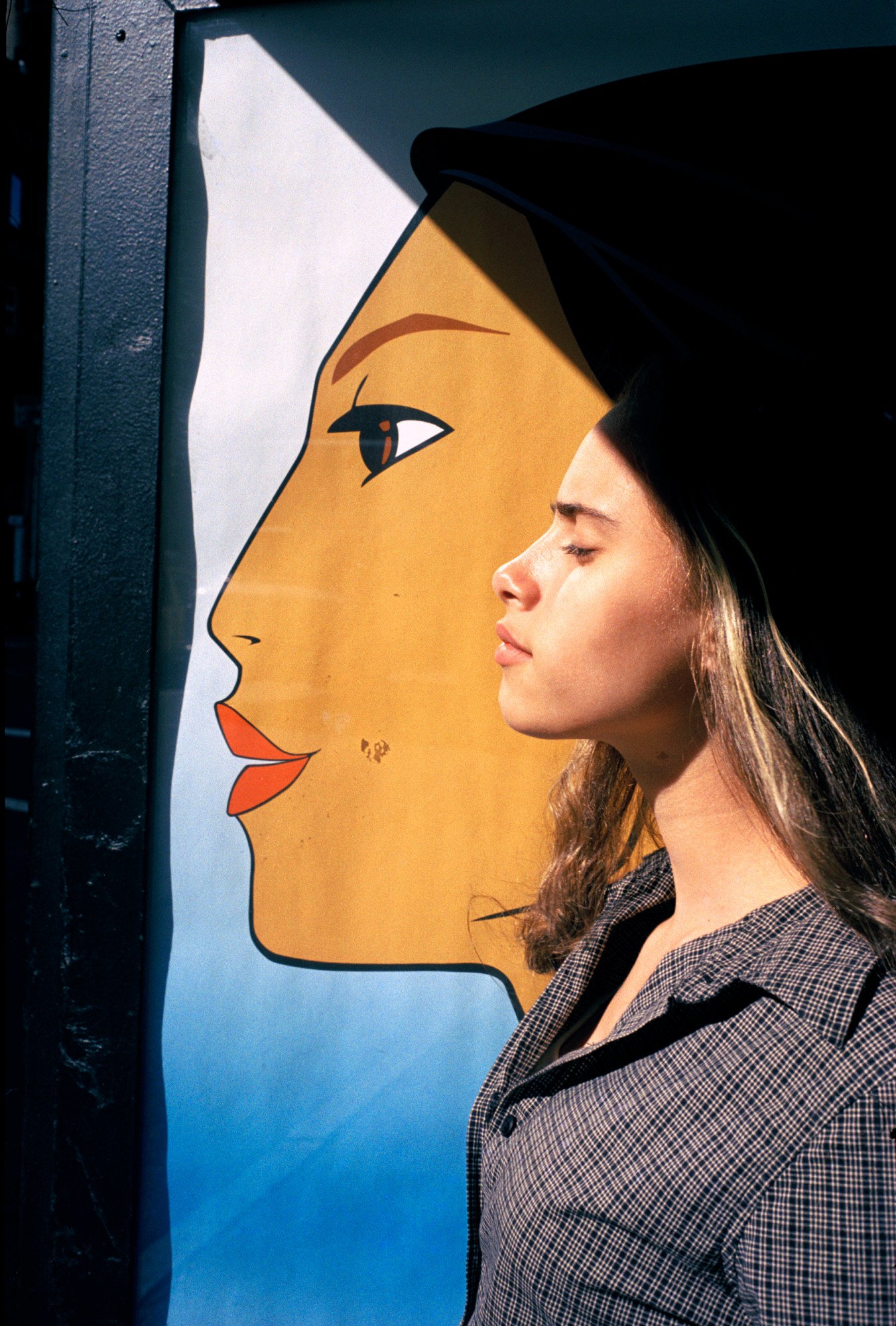
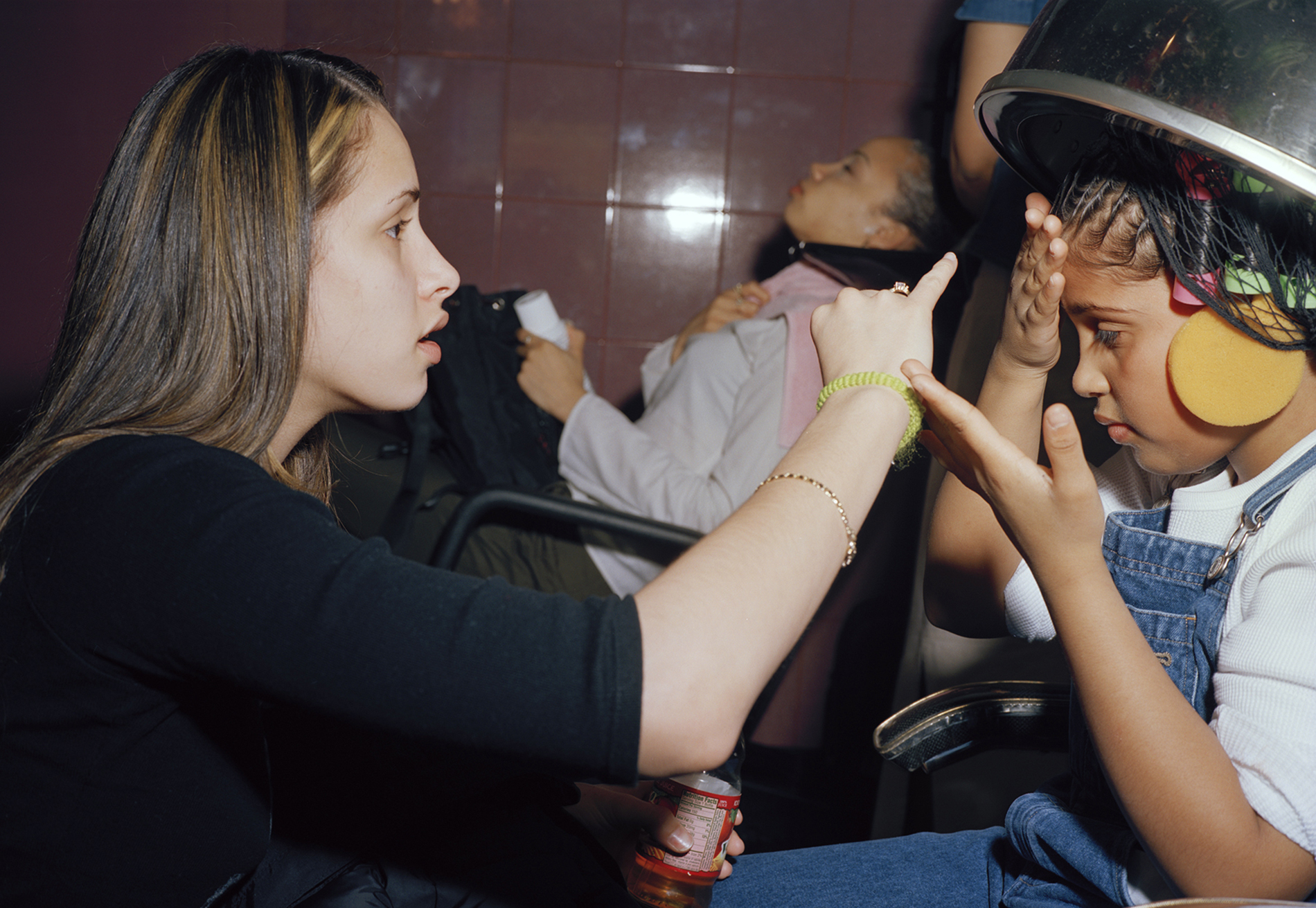
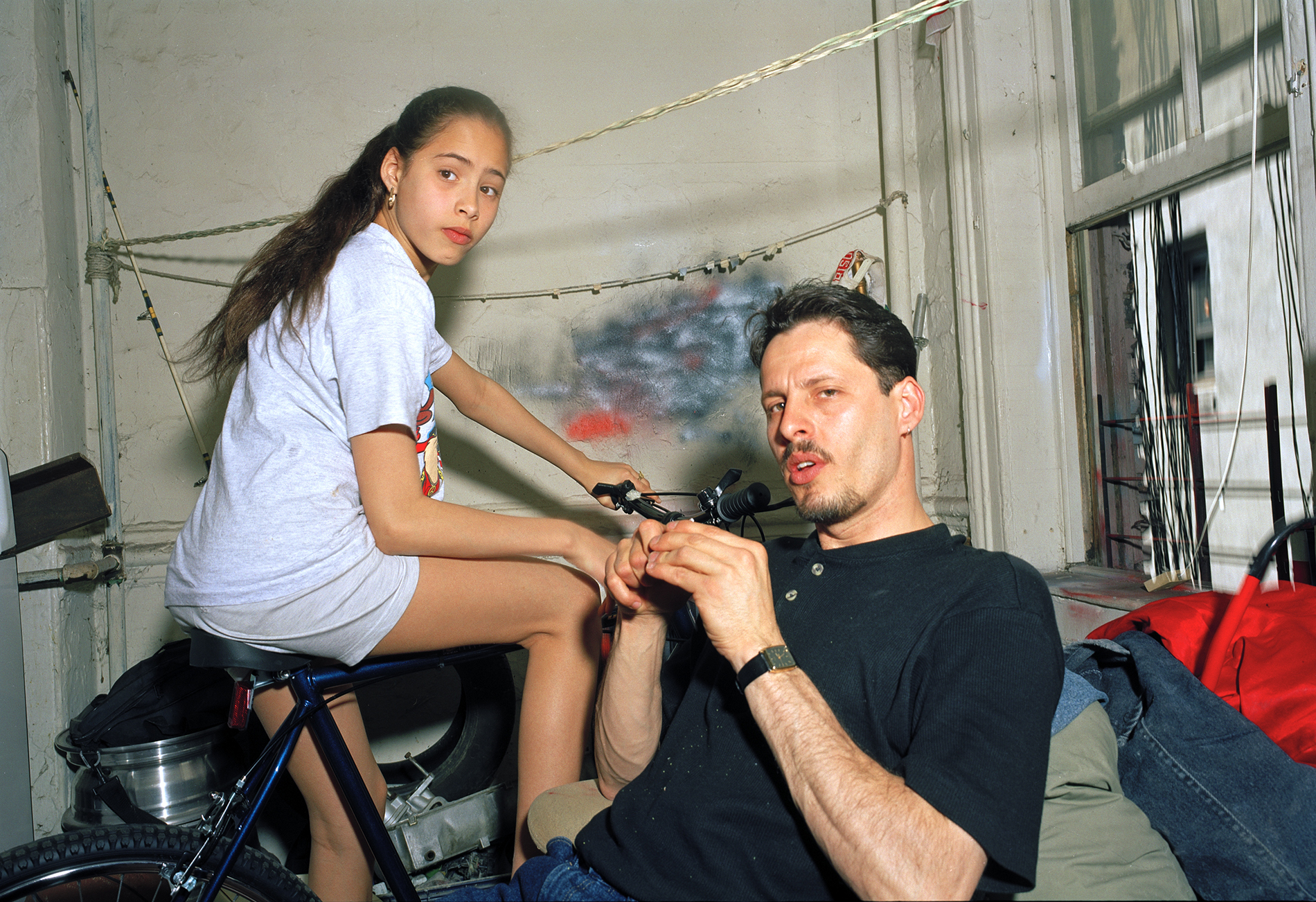



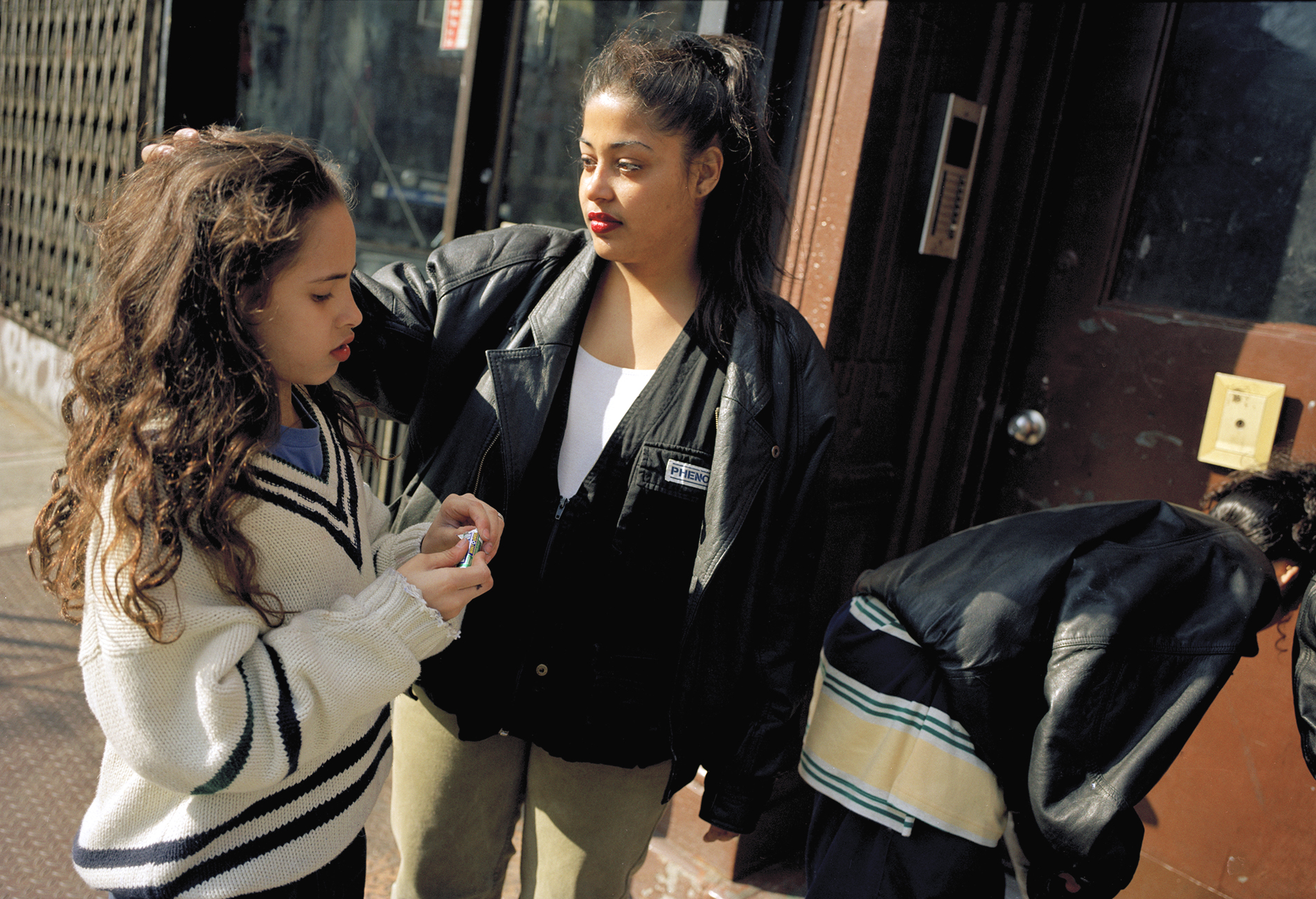
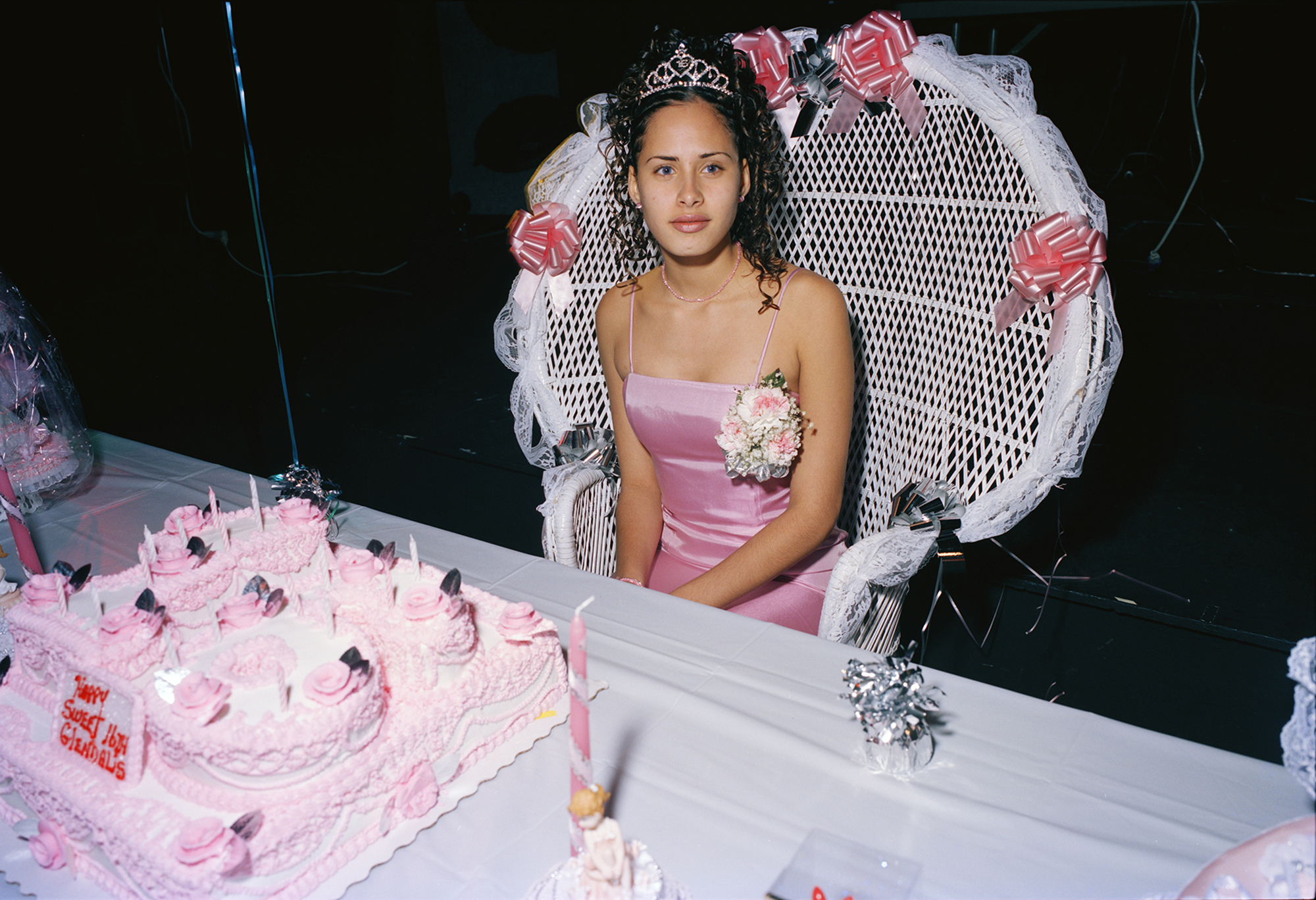
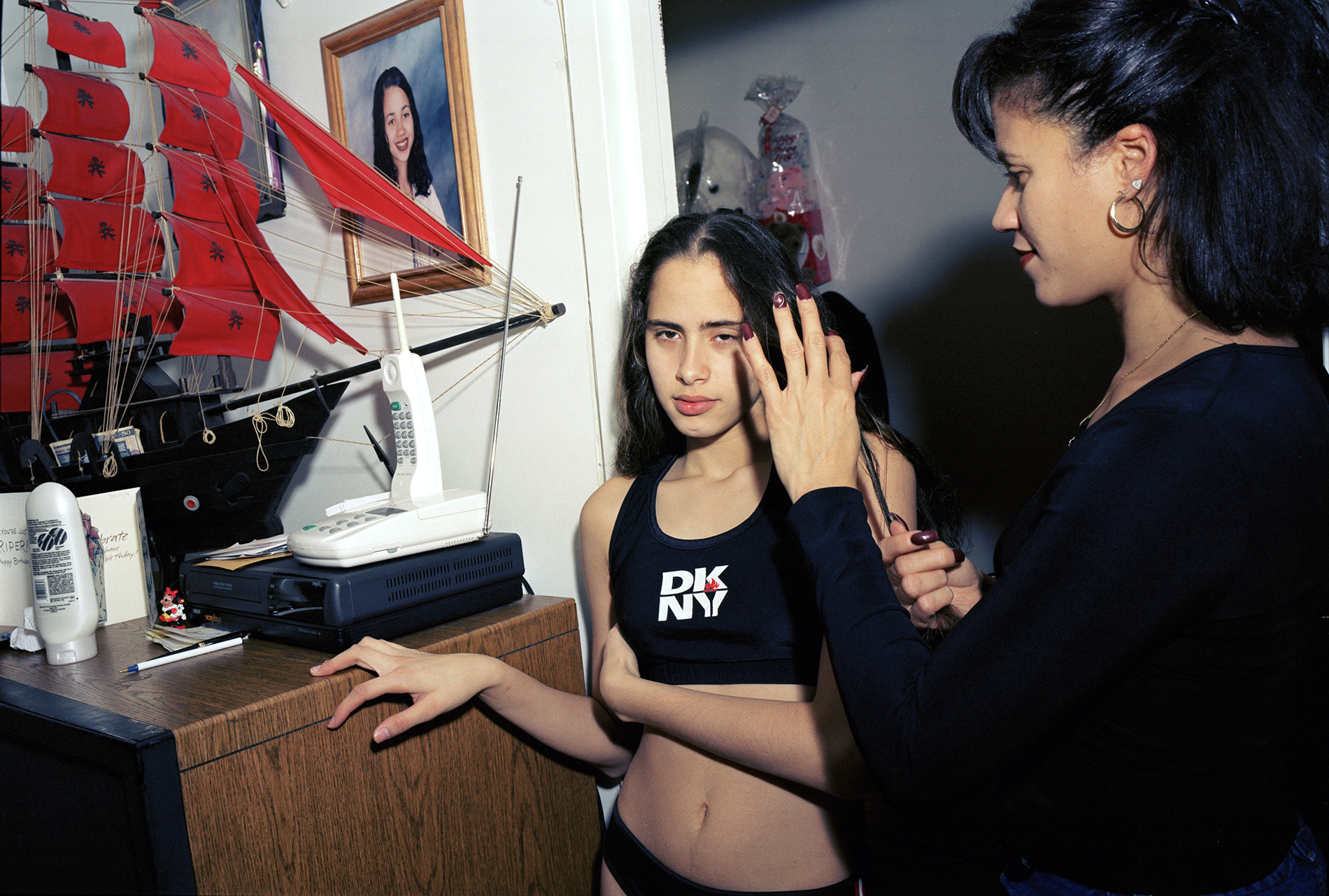
Credits
All images courtesy Angela Cappetta
